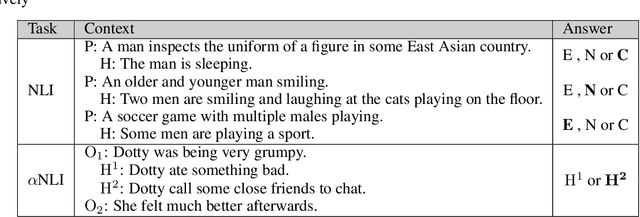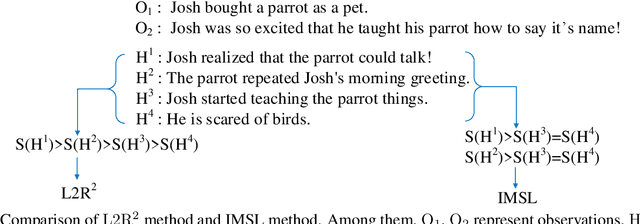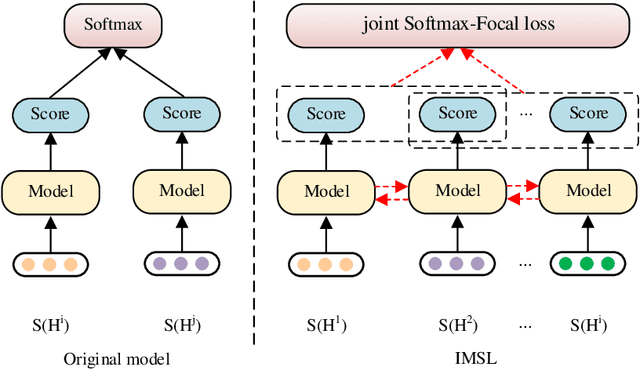Yongfeng Dong
EmoFake: An Initial Dataset for Emotion Fake Audio Detection
Nov 11, 2022Abstract:There are already some datasets used for fake audio detection, such as the ASVspoof and ADD datasets. However, these databases do not consider a situation that the emotion of the audio has been changed from one to another, while other information (e.g. speaker identity and content) remains the same. Changing emotions often leads to semantic changes. This may be a great threat to social stability. Therefore, this paper reports our progress in developing such an emotion fake audio detection dataset involving changing emotion state of the original audio. The dataset is named EmoFake. The fake audio in EmoFake is generated using the state-of-the-art emotion voice conversion models. Some benchmark experiments are conducted on this dataset. The results show that our designed dataset poses a challenge to the LCNN and RawNet2 baseline models of ASVspoof 2021.
Interactive Model with Structural Loss for Language-based Abductive Reasoning
Dec 01, 2021



Abstract:The abductive natural language inference task ($\alpha$NLI) is proposed to infer the most plausible explanation between the cause and the event. In the $\alpha$NLI task, two observations are given, and the most plausible hypothesis is asked to pick out from the candidates. Existing methods model the relation between each candidate hypothesis separately and penalize the inference network uniformly. In this paper, we argue that it is unnecessary to distinguish the reasoning abilities among correct hypotheses; and similarly, all wrong hypotheses contribute the same when explaining the reasons of the observations. Therefore, we propose to group instead of ranking the hypotheses and design a structural loss called ``joint softmax focal loss'' in this paper. Based on the observation that the hypotheses are generally semantically related, we have designed a novel interactive language model aiming at exploiting the rich interaction among competing hypotheses. We name this new model for $\alpha$NLI: Interactive Model with Structural Loss (IMSL). The experimental results show that our IMSL has achieved the highest performance on the RoBERTa-large pretrained model, with ACC and AUC results increased by about 1\% and 5\% respectively.
 Add to Chrome
Add to Chrome Add to Firefox
Add to Firefox Add to Edge
Add to Edge